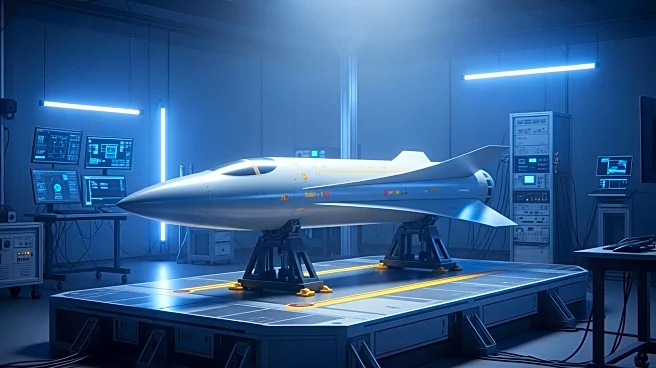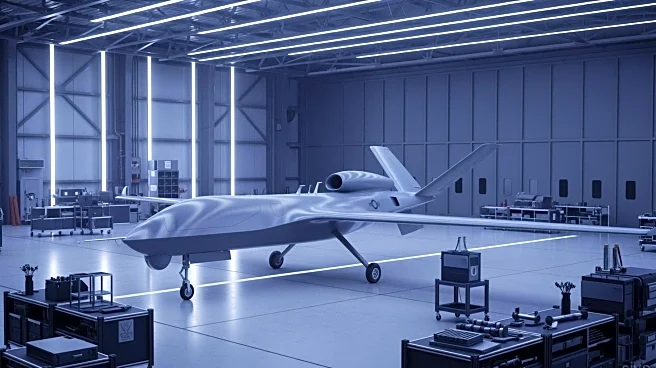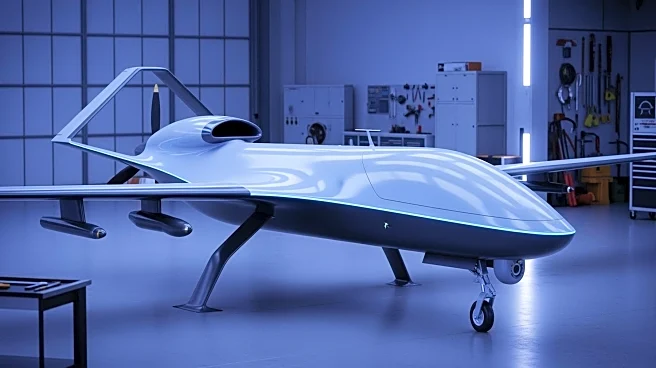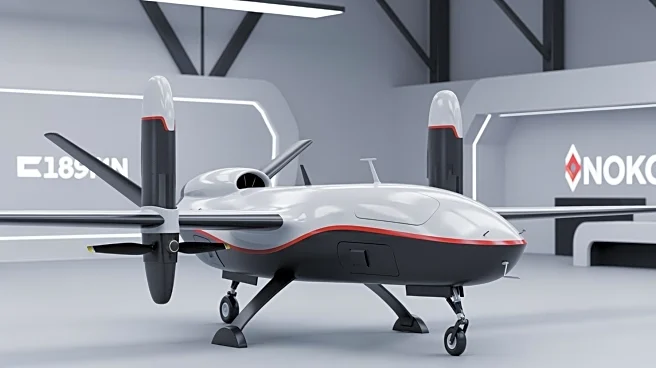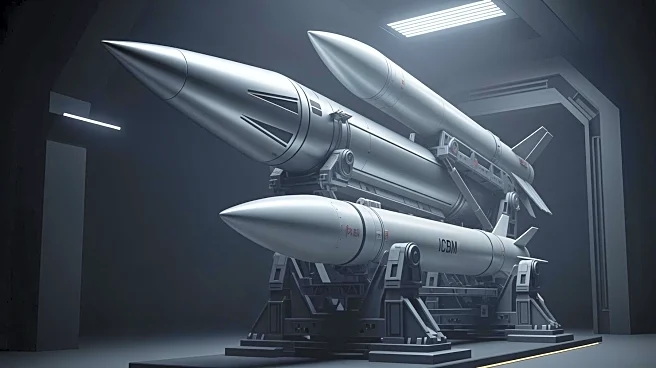What's Happening?
South Korea is accelerating the development of its Korean Air-Launched Cruise Missile (KALCM) with additional flight testing scheduled for late 2025. The missile, developed by LiG Nex1 and Hanwha Aerospace,
is part of a domestic initiative to create a long-range missile system as an alternative to foreign models like the Taurus KEPD 350. The testing will assess the missile's separation capabilities from the Korea Aerospace Industries FA-50 aircraft. This development is part of the engineering and manufacturing phase, which is expected to conclude by 2028. The KALCM, also known as Cheonryong or Sky Dragon, aims to match or exceed the performance of existing systems used by the Republic of Korea Air Force.
Why It's Important?
The advancement of the KALCM is significant in the context of regional security dynamics, particularly with North Korea's ongoing missile tests and China's military expansion. By developing its own missile systems, South Korea seeks to enhance its defense capabilities and reduce reliance on foreign military technology. This move could shift the balance of power in the region, providing South Korea with greater strategic autonomy. The development also reflects broader trends in global defense, where nations are increasingly investing in indigenous military technologies to bolster national security.
What's Next?
As South Korea progresses with the KALCM, further testing and refinement will be crucial to ensure the missile meets operational requirements. The completion of the engineering and manufacturing phase by 2028 will be a key milestone. Regional stakeholders, including North Korea and China, may respond to South Korea's advancements with increased military activities or diplomatic measures. The international community will likely monitor these developments closely, given their potential impact on regional stability.
